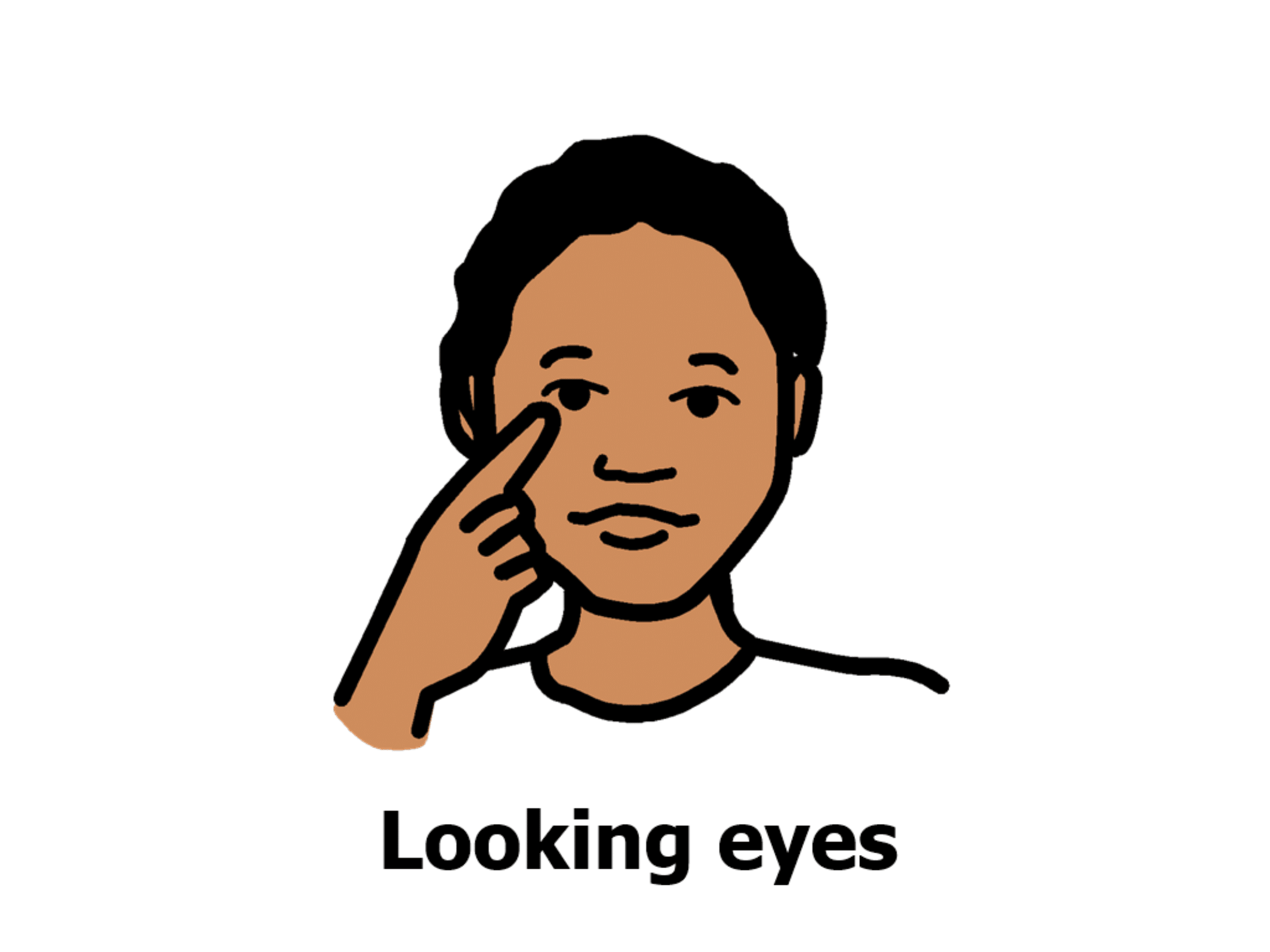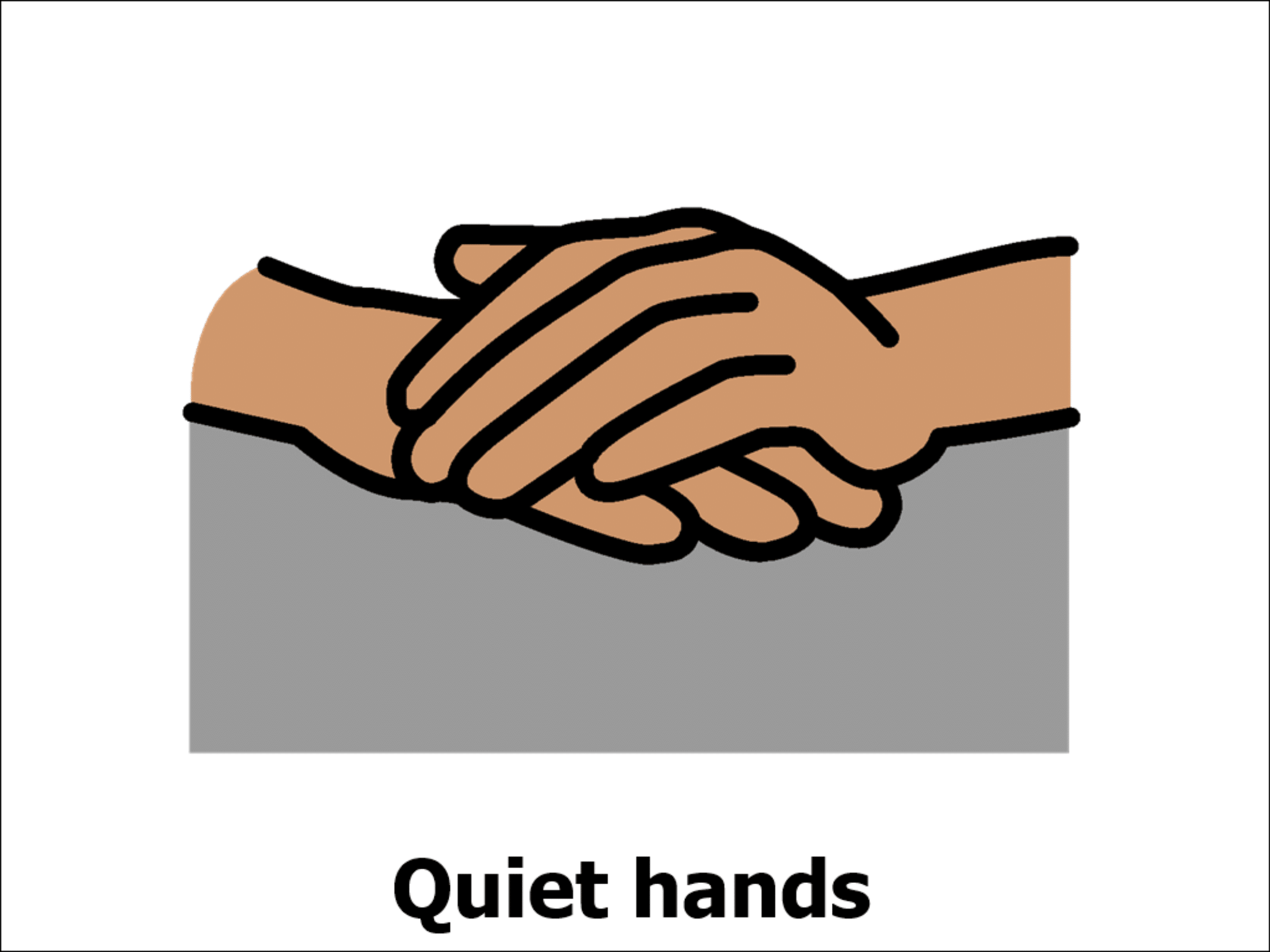Author: Kimberly “Kimi” Ramos, Executive Assistant Director
Children with autism spectrum disorder (ASD) process the world around them differently. In particular, they may be oversensitive to certain environmental stimuli. Their senses- touch, sight, hearing, smell, and taste- go into hyperdrive and things like bright lights or loud music can be overwhelming. Uncertainty and anxiety contribute to sensory sensitivities, resulting in behaviors such a distractibility or reduced participation.
As educators prepare for distance learning, it is important to consider how to adapt lessons and materials to the sensory needs of students. Here are some tips to make your virtual sessions more sensory-friendly!
Gradually introduce stimuli
Start class with a warm welcome. Greet students calmly and at a regular conversational volume. During in-person classes, teachers use a firm and loud voice to get students’ attention. However, virtual classes require more finesse. Use a regular tone and volume at first to allow time to adjust to the online interaction.
Give fair warning. Countdown to playing music or videos so that students have time to process and understand what’s coming next.
Start at a lower volume. Play the first song or video at a lower volume. Watch students for signs of hypersensitivity such as covering of ears. If you have consent to record the session, you can always watch the recording after class to assess how loud your volume was and adjust accordingly next time.
Do familiar or easier tasks first. Start class with activities that place less cognitive demands on students such as a favorite game/song or an already emerging skill. This makes them feel confident and secure to proceed with the rest of class.
Use visual supports
Go over class rules.
Show icons of behaviors such as “looking eyes,” “listening ears,” and “quiet hands” at the beginning of class so students know what is expected of them.
Create a visual schedule.
Applications like Powerpoint and Google Slides allow you to easily add text and pictures to make a schedule. Share your screen and show the schedule at the beginning of class to let students know what to expect. Refer to the schedule throughout class to help students transition between activities.
A visual schedule for dance class
Show a sensory visual timer. This lets students can see how much time they have left for an activity or break. They also have a calming and mesmerizing effect.
https://www.online-stopwatch.com/sensory-timers/
Minimize distractions
Make it easier to focus on you. If you are using Zoom, “Pin” your video so that your video is the only one students are looking at. This function is helpful if students are on “Speaker View” or “Gallery View.”
Make your voice heard. Use a headset with a microphone to ensure that your voice quality and volume stays consistent and easy-to-hear throughout class. It also helps filter out background noises.
Incorporate MOVEMENT!
Plan ahead, but allow for flexibility. Continually gauge your student’s engagement and attention. You may need to incorporate movement breaks in between lessons. Additionally, adapt activities so that they allow students to stand up, stretch, and explore movement. For example, students love talking about their favorite toys or movies…but invite them to do so while standing on one foot!
Include breathing exercises. Prompt students to take deep breaths to increase mindfulness and reduce anxiety.
Use shelter in place to your advantage. Give students 30 seconds to grab their favorite toy and have them “show-and-tell” their object to the class. You can also do a scavenger hunt where you name an object that students must find in their home and bring back to the group.
Give students choice. Let students choose between break activities. Do they want to read a sing a song with actions, do a freeze dance, or play a game of Simon Says? Giving students choice allows them to feel in control.
Sources
Neil, Louise, Olsson, Nora Choque, & Pellicano, Elizabeth. (2016). The Relationship Between Intolerance of Uncertainty, Sensory Sensitivities, and Anxiety in Autistic and Typically Developing Children. Journal of Autism and Developmental Disorders, 46(6), 1962-1973.






